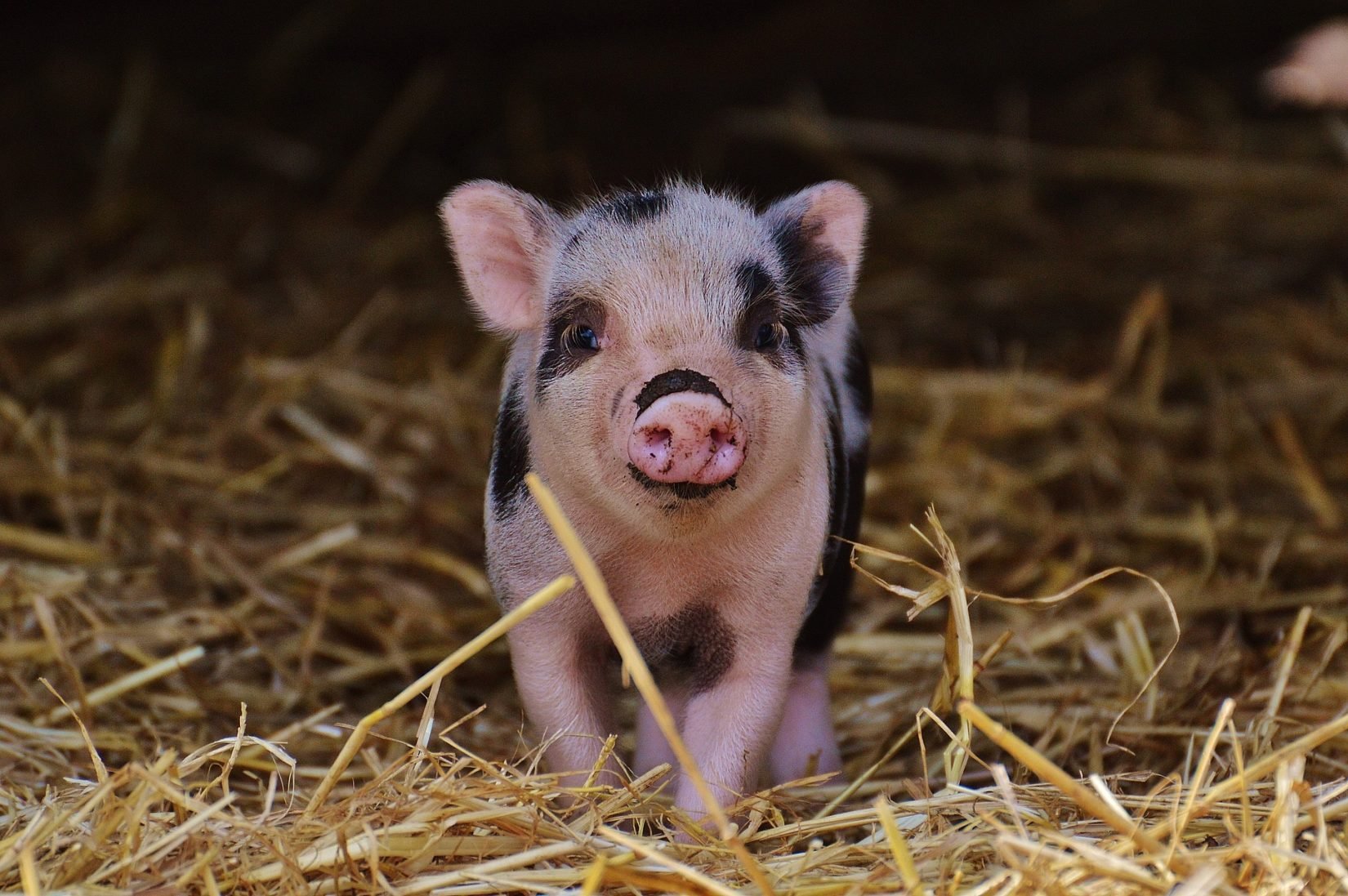There’s so much to love about pets. The bonds people form with animals are completely unique from those we form with one another. Pets can be part parent, sibling, child, and friend. They can lighten up our days and force us off the couch, encourage us to play and cuddle up with us to sleep.
But pets also introduce a lot of new responsibilities into our lives. That’s why one of the most important things adopters can do is make sure they’re up to the task and capable of providing the care, resources, and environment necessary to give their pet a great life. In this article, we’ll cover exactly that, focusing primarily on the most common pets — dogs and cats.
How Often Will the Pet Be Alone?
Given your current life circumstances, will your pet be left home alone for long hours on most days? Is it possible to come home on lunch breaks for social time and a quick walk? If not, then your pet may spend most of their time alone, anxious, and waiting for you. If, on the other hand, you have flexible hours and can give your pet plenty of face-to-face time and exercise, then you’re in great shape to get a pet.
Do You Have to or Want to Travel Frequently?
Going on a vacation every now and again shouldn’t be an issue, but if you have to travel regularly for work or if you just want to get out and see the world, then a pet could be a significant hurdle. Airplanes and pets are never a good mix, and finding hotel rooms that are pet friendly can also be tough. Often, you’ll end up finding other people who can look after your pet when you’re gone. Is this a cost or inconvenience that you can handle?
Are You Renting?
If you’re renting, then it’s important to get a pet that won’t be restricted on most leases. So-called “aggressive” dog breeds are sometimes surprising, including huskies, German shepherds, Dobermans, Chihuahuas, and more. Cat restrictions can also be unexpected. Will your pet make it difficult for you to find a place to live? Look at current rental properties and see the breeds you should avoid.
Are You Ready to Raise a Pet?
Whether you adopt a young or old pet, you’re responsible for taking them to get regular checkups, paying for preventative and prescriptive health interventions, and training them to ensure that they lead happy, well-adjusted lives. A puppy might be cute, but if you work full-time and live alone in an apartment, the mess of house training and behavioral training might burn you out after a long shift!
Are You Considering or Have Children?
Kids and pets can be a wonderful duo, but it’s important to get the timing right. If you’re adopting a pet while your kid is still a baby or toddler, then even the sweetest dog or cat may snap at children who don’t yet understand how to interact with animals. Do you think kids are in the near future? Maybe hold off on adopting young pets until things are clearer. In the meantime, there are plenty of older pets who would love to come home with you for their final years.
Wait, is Anyone Ready to Adopt a Pet!?
I know, this is a lot to consider. But realistically, adopting pets is almost always a leap of faith. The ideal household isn’t always attainable in the modern world, but even full-time working pet parents can make it work if they really want to. What matters most is that you’re ready to dedicate time, love, and resources to a new family member. It won’t always be easy, but it will always be worth it.
As pet lovers already know, pets give us far more than we ever really realize — from a hug after a trip to the park to cuddling up on our feet during movie night. If you’re worried about being the best pet parent you can be, then you’re already on the right track.
Help a Pet, Help Yourself
Pets are remarkable at keeping us healthy — they get us off the couch, give us plenty of love, and bring us so much joy. If you’re an animal lover, you may benefit from an emotional support








